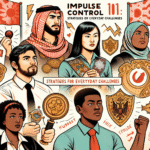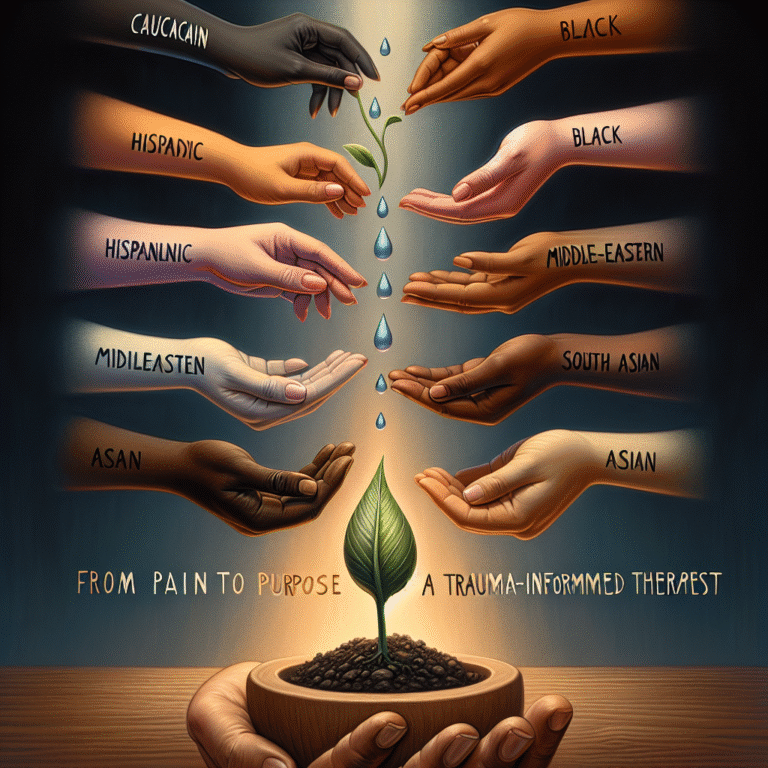
Introduction
Violent crime remains a pressing concern for communities and policymakers worldwide. From urban centers to suburban neighborhoods, the specter of violence can have a profound impact on lives, influencing everything from local economies to social cohesion. Understanding violent crime trends is not just an academic exercise—it’s a critical tool for developing effective prevention strategies that can save lives and promote safer communities. In this article, we will delve deeply into the complexities of violent crime trends, analyzing patterns over recent years and offering proven prevention strategies that can be implemented in varied contexts.
The Landscape of Violent Crime
Defining Violent Crime
Violent crime encompasses acts where individuals use or threaten force, resulting in injury or the potential for injury to another person. The Federal Bureau of Investigation (FBI) categorizes violent crimes into four primary categories:
- Homicide: The unlawful killing of another human being.
- Aggravated Assault: An attack intended to inflict serious bodily harm.
- Robbery: Taking property from a person through force or intimidation.
- Forcible Rape: Non-consensual sexual intercourse achieved through force or threats.
Understanding these definitions is critical as we analyze the data surrounding violent crime trends.
Current Trends in Violent Crime
Statistical Overview
Recent data from the FBI’s Uniform Crime Reporting (UCR) Program reveals alarming trends. In 2020, many cities across the U.S. observed a substantial increase in violent crime rates compared to previous years. Notably, homicide rates surged by approximately 30%, the largest annual increase recorded in decades. The data highlights a shift in violent crime patterns, influenced by various socio-economic factors—such as economic downturns, increased social unrest, and a pervasive public health crisis.
Table 1: U.S. Homicide Rate (2010-2020)
| Year | Homicide Rate (per 100,000) |
|---|---|
| 2010 | 4.8 |
| 2015 | 4.9 |
| 2019 | 5.0 |
| 2020 | 6.9 |
Key Factors Influencing Trends
-
Economic Instability: Economic crises often correlate with spikes in crime. Financial strain can lead to desperation, prompting individuals to commit violent acts.
-
Social Unrest: Movements to address systemic inequalities can sometimes result in clashes leading to violence, either in protests or retaliatory actions.
-
Substance Abuse: Drug-related offenses are often intertwined with violent crime, where addiction can lead individuals to engage in violent acts for financial gain or during drug-fueled altercations.
- Access to Firearms: Data strongly suggests that areas with high rates of gun ownership experience higher rates of violent crimes, particularly homicides.
Case Studies: Real-World Impact
Case Study 1: Chicago’s Gun Violence Problem
Chicago is notorious for its alarming violent crime rates, particularly gun violence. In 2020, the city experienced over 770 homicides. A significant aspect of this issue lies in community-based prevention strategies that have been tested with varying success.
Analysis: Community policing initiatives and violence interruption programs, like Cure Violence, aim to mediate conflicts before they escalate. These grassroots approaches harness local knowledge and personal relationships to diffuse potential violence.
Case Study 2: The Role of Policy in New York
In contrast, New York City has made significant strides in reducing violent crime since the early 1990s. Through the implementation of the "broken windows" theory and increased funding for community policing, New York’s homicide rate dropped from 2,245 in 1990 to 319 in 2020.
Analysis: This transformation demonstrates the effectiveness of comprehensive policing strategies paired with community engagement, showing how policy can dramatically shift crime trends.
Prevention Strategies: What Works?
Community Engagement and Policing
Building trust between law enforcement agencies and communities is fundamental. Engaged communities can help law enforcement officials gain crucial insights—it’s vital for prevention. Efforts include:
- Community Advisory Boards: These boards enhance dialogue between law enforcement and community members.
- Neighborhood Watch Programs: Mobilizing local residents can deter criminal behavior.
Education and Empowerment
Educational programs targeting at-risk youth can play a significant role in prevention:
- Conflict Resolution Workshops: These programs teach youth how to resolve disputes non-violently.
- Career Training Initiatives: Providing job opportunities reduces socioeconomic factors associated with crime.
Mental Health and Substance Abuse Programs
Addressing underlying issues such as mental health and addiction can create profound changes:
- Counseling Services: Providing mental health support can help individuals avoid spiraling into violent behavior.
- Drug Rehabilitation Programs: Offering treatment rather than punishment can lead to sustained recovery and reduced recidivism rates.
The Evolving Nature of Violent Crime Trends
The Impact of Technology
The digitization of society is reshaping crime patterns. Cyberbullying and online harassment are becoming prevalent, particularly among younger populations. Additionally, the rise of social media means that local conflicts can escalate more rapidly, sometimes invoking real-world violence.
Table 2: Incidence of Online Crimes
| Year | Incidents of Cyberbullying | Online Threats |
|---|---|---|
| 2019 | 12,000 | 10,500 |
| 2020 | 15,000 | 12,200 |
Public Policy Adaptation
Governments are beginning to recognize the changing landscape of violent crime. Strategies designed around data analytics, such as predictive policing, can potentially spot crime trends before they escalate, allowing law enforcement to intervene preemptively.
Conclusion
Understanding violent crime trends is essential for developing effective prevention strategies. By analyzing patterns in crimes—considering socio-economic factors, community dynamics, and emerging technologies—policymakers and communities can collaborate to create safer environments.
As individuals, we bear the responsibility to promote awareness and advocate for initiatives that aim to reduce violence. Whether through supporting community programs, engaging in local dialogue, or understanding the implications of policy, every effort counts.
FAQs
1. What are the most common types of violent crimes?
The most common types include homicide, aggravated assault, robbery, and forcible rape.
2. How can communities effectively prevent violent crime?
By enhancing community engagement, establishing neighborhood watch programs, and focusing on educational and empowerment initiatives.
3. What role does socioeconomic status play in violent crime?
Higher rates of poverty and unemployment are correlated with increased violent crime, as economic hardship can lead individuals to desperation.
4. How does mental health impact violent crime trends?
Mental health issues can lead to increasing instances of violence. Providing mental health support and counseling can reduce these occurrences.
5. What policies have proven effective in reducing violent crime?
Community policing, crime prevention programs, and legislation targeting gun control can significantly reduce violent crime rates when sustained over time.
By understanding the complex nature of violent crime trends and implementing proven strategies, we can collectively work toward creating a safer society for all.
















